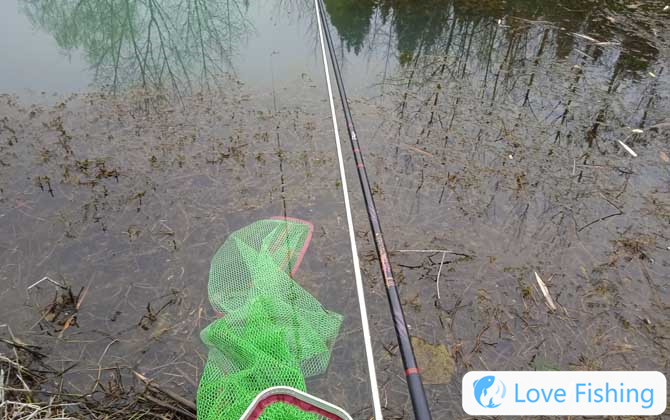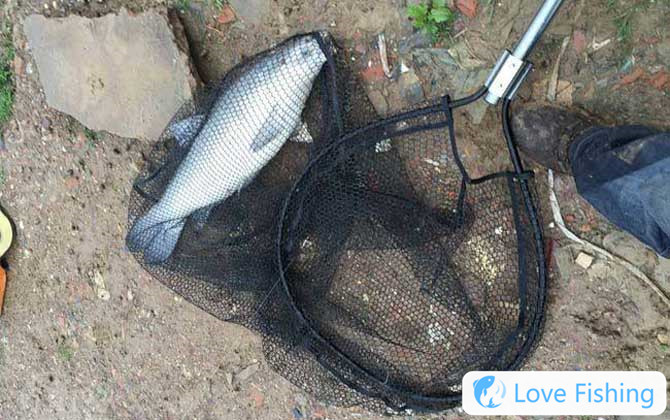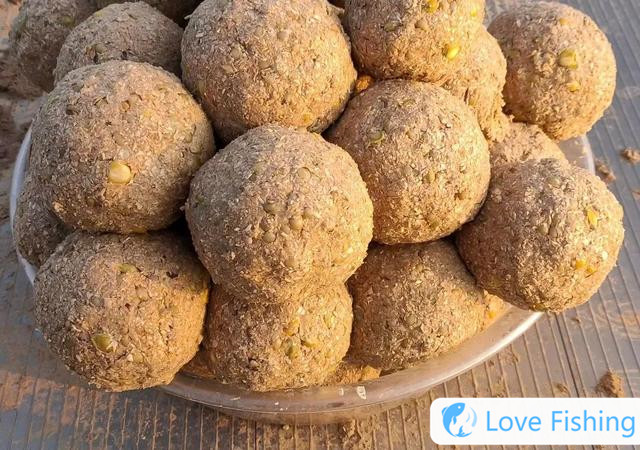Basic Knowledge About Getting Started With Sea Fishing
Sea fishing refers to fishing in the sea, which is very different from freshwater fishing. The reason is that there are high tides and low tides in the sea. It is difficult to catch good fishing without looking at the tides. At the same time, sea fish eat more fiercely than freshwater fish, so the fishing gear requirements are relatively simple. Let’s take a look at the basic knowledge of getting started with sea fishing!
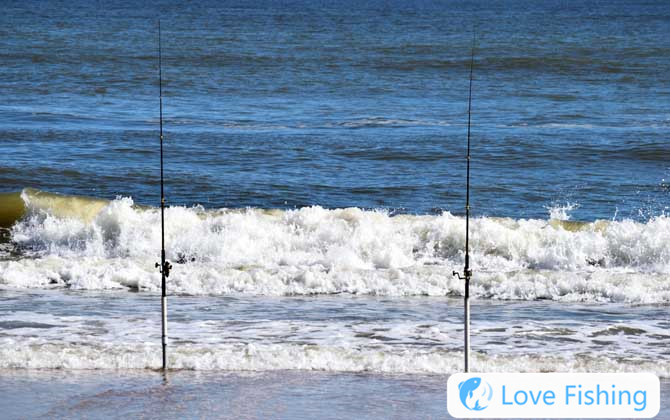
1. Features
1. Ocean currents: The ocean has warm currents and cold currents. Many fish have the habit of migrating with ocean currents and ocean currents can bring a lot of food. Especially when cold and warm currents meet, it is the best place for fish to forage.
2. Tides: The ocean has high tides and low tides. During high tides, a large amount of organic matter and fish will be brought to the shore. At this time, it is relatively more conducive to fishing, and fishing is generally not suitable after low tides.
3. Time: The ocean is relatively calm in the morning and at night, and it is especially suitable for fishing at this time. It is prone to strong winds and waves during the day, and may even endanger the safety of the fishermen. It is not advisable to fish.
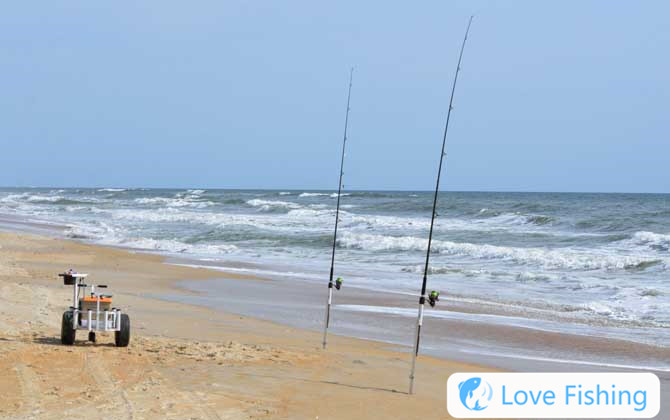
2. Fishing gear
1. Fishing rod: Use sea rods when fishing, but no matter what material, they must have strong hardness and need to be equipped with reels.
2. Fishing line: When fishing in sea, the fishing line should be slightly thicker. The diameter is recommended to be above 0.5 mm, the length is 60-70 meters, and the denominator and sub-line.
3. Float: The floating floats in sea fishing have little effect on transmitting information, and they are reliable intimidation, vision, fishing alarms, and fish bells to indicate fish information.
4. Fish hook: The most commonly used hook types for sea fishing include Iseni, Chiyo, Maruse, etc. It is recommended to prepare multiple hooks to meet the needs of different fish species.
5. Lead sinker: Most of the lead sinkers used for sea fishing are movable. The line of the fish can freely pull the pole tip after swallowing the hook, so it should be heavy, but some are also used for dead sinkers.
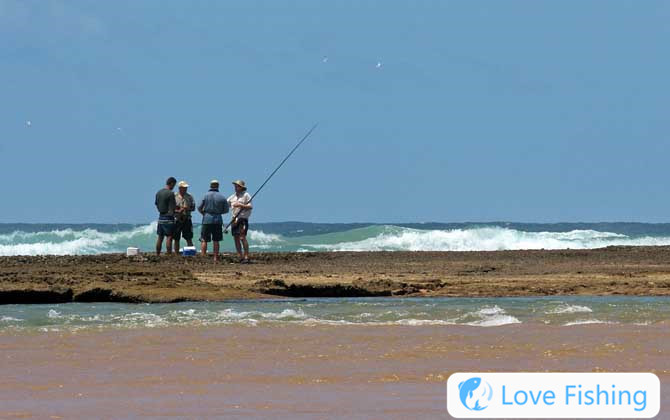
3. Fishing position
1. Sea: When fishing in the sea, you should try to choose deep water areas to avoid choosing shallows. The reason is that there is sufficient sunlight on the shallows and most fish are light-proof. Generally, they only move in the shallows at night and morning and evening, so it is not suitable for fishing.
2. Bay: When fishing in the bay, you should choose a stagnant water area. The stagnant water area in the inland sea includes river estuaries, living docks, breakwaters, etc. These places have more silt or sand and stone at the bottom of the water, slow water flow, rich bait, and more fish.
3. Sea reef: When fishing for sea reefs, you should choose the side facing the impact of the sea tide, which is commonly known as the tide surface. The tide surface brings rich plankton, which will produce rich oxygen when it hits rocks, so the tide surface is the most ideal fishing spot.
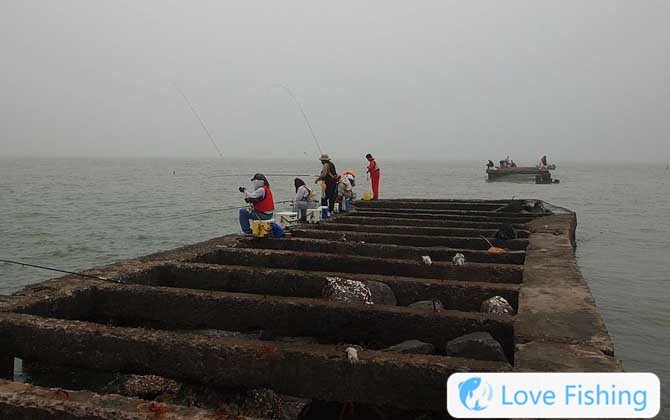
1. Trolling: The target fish for trolling are surface rewinding fish, such as sailfish, tuna, ghost-headed swordfish, etc. Take a special trolling boat or fishing boat to drag the bait or live bait at the tide intersection to lure the predatory rewinding fish to hook.
2. Boat fishing: Take a professional sea fishing boat to go out to sea with a boat fishing rod and throw it down the fishing team to fish. The target fish are deep-sea benthic fish, near-sea benthic or back-swimming fish, such as grouper, chicken fish, ginseng fish, leucorrhea fish, leucorrhea fish, etc.
3. Heavy rock fishing: Heavy rock fishing uses a special heavy rock rod or a 80-digit transverse rod, with a bus bar at least 80 pounds and a sub-line of at least 100 pounds. The target fish are benthic grouper, red trough, snapper family fish, and resuscitable Niugang, Honggan, etc.
4. Sinking bottom fishing: Sinking bottom fishing mostly uses long-range rods or rock rods above No. 6, busbars above No. 8, sub-lines above 20 pounds, fishing spots are rock coasts or breakwaters, and target fish are small and medium-sized benthic fish, such as Snake Family, Ginseng Family, grouper, etc.
5. Floating rock fishing: The fishing set of floating rock fishing is suspended and not bottomed. The target fish are black hair, white hair, hanging, yellow chicken, black snapper, water needle, white dazi, black dazi, black dazi, stinky belly and other floating fish. The target fish during night fishing is mainly white hair.
6. Break-slope dike fishing: Break-slope fishing is divided into floating fishing and bottom fishing. Floating fishing is similar to floating rock fishing. Bottom fishing is slightly different from heavy rock fishing and sinking bottom fishing. The target fish is generally between two to several kilograms, and the equipment is not as thick and heavy as heavy rock fishing and sinking bottom fishing.
7. Beach fishing: The target fishes for beach fish are mostly sand hoe, snake family, and snake family. Most of the fishing rods are beach fishing rods No. 15 to 35. The fishing gear uses upside down or loose tails plus a balance. The bait is generally made of sea worms, shrimps, etc., which is considered the simplest sea fishing method.
8. Fishing on heavy beach: Fishing on heavy beach generally uses long-distance rods above 30 or rock rods above 5. The target fish are fish from Wuzi, Trident, Snake family, and Ginseng family. The size ranges from a few taels to dozens of kilograms. The selection of the fishing gear should be determined based on the target fish.
9. Luya fishing: Luya fishing is a fishing method that imitates weak creatures to trigger attacks from big fish. During the entire fishing process, the anglers are doing whole-body exercises, which is obviously different from the traditional fishing method. It is very popular in Europe and the United States, and my country has just emerged.
Recommended Reading
About us| Privacy Policy| Contact Us
Copyright © 2023-2030 Copyright@Love Fishing
